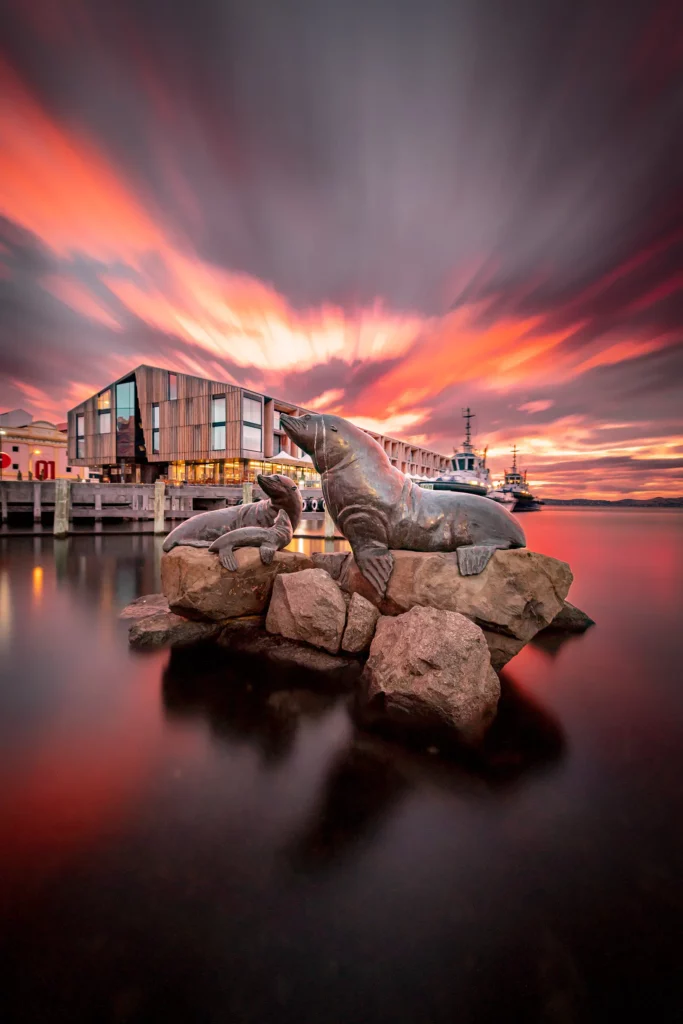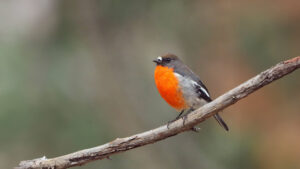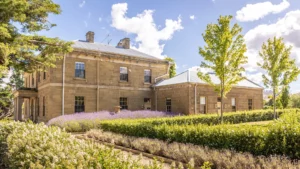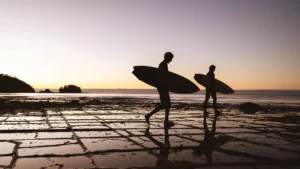Home » Visitor Information » Weather in Tasmania
Southern Tasmania’s climate is distinctive, offering a unique experience for visitors. While we do enjoy some friendly banter about our weather compared to mainland Australia, it’s important to understand the nuances that make it special.
Hobart, our capital city, boasts the title of being the second-driest capital in Australia, just behind Adelaide, with an average rainfall of 626 millimetres. However, across the island, rainfall patterns vary significantly. For example, the west coast receives an average of 2400 millimetres annually, which nourishes the lush rainforests of that region.
One key aspect to keep in mind when preparing for a trip to Tasmania is the weather’s unpredictability. Conditions can change rapidly, particularly if you plan to explore the outdoors. Our sun, while beautiful, can be intense, and a clear sky can swiftly transform into thunderclouds, especially during bushwalks. It’s wise to pack layers of warm clothing and waterproof gear, ensuring you’re ready for any weather eventuality. Being prepared ensures you can comfortably enjoy all that Tasmania has to offer.
Hobart average temperatures
As a guide, take a look at the average daily temperatures in Hobart and average rainfall in millimetres:
| MONTH | MIN | MAX | RAIN |
|---|---|---|---|
| January | 11 | 22 | 42mm |
| February | 12 | 22 | 36mm |
| March | 11 | 21 | 37mm |
| April | 9 | 18 | 45mm |
| May | 6 | 15 | 36mm |
| June | 5 | 13 | 31mm |
| July | 4 | 12 | 45mm |
| August | 5 | 13 | 48mm |
| September | 6 | 15 | 40mm |
| October | 7 | 17 | 48mm |
| November | 9 | 19 | 45mm |
| December | 11 | 20 | 54mm |











